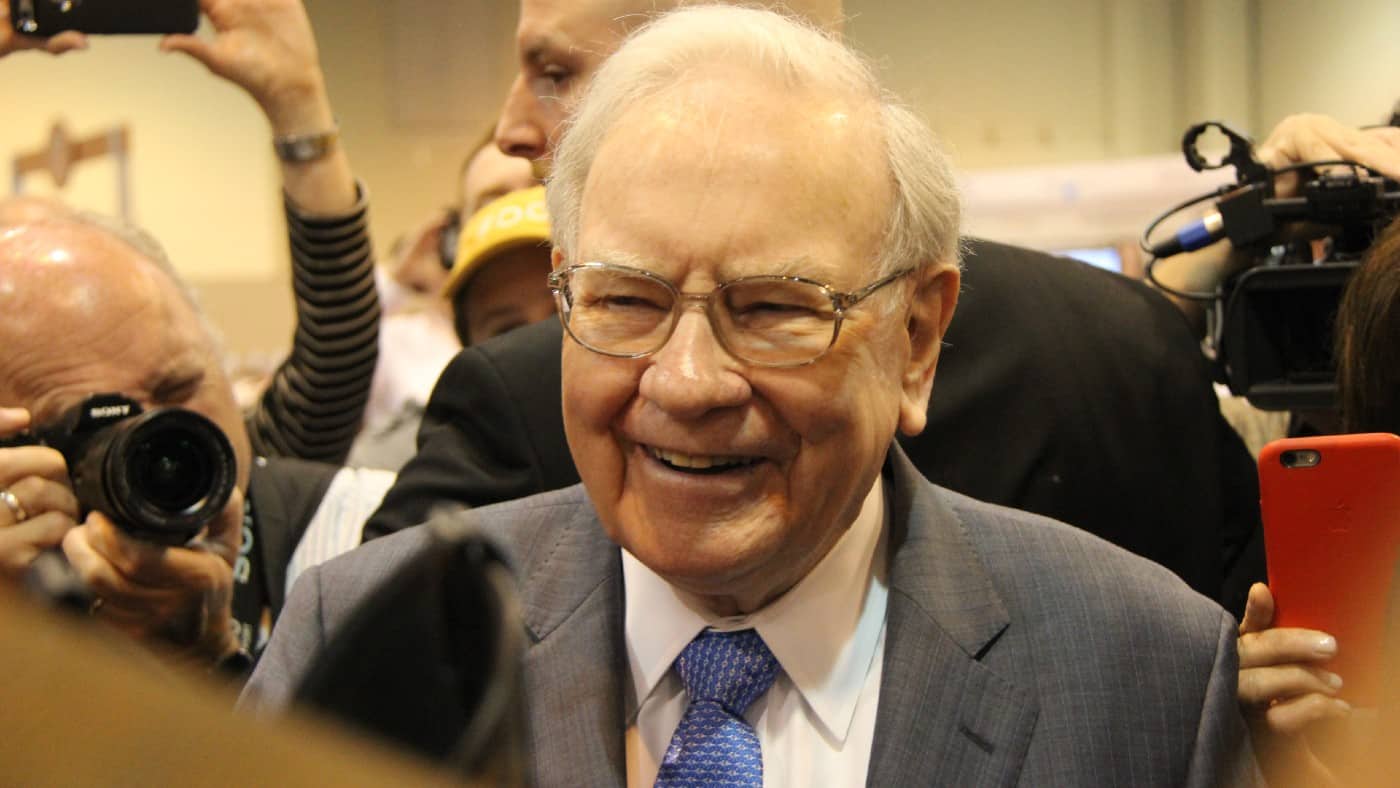Warren Buffett is a big fan of consumer staples companies, especially those with strong brands. The Berkshire Hathaway CEO values their predictability and their ability to maintain good returns on tangible assets.
One of these is Kraft Heinz (NASDAQ:KHC). The stock hasn’t done well over the last five years, but I think there could be much better times ahead.
Inflation
Inflation has been a big problem for Kraft Heinz recently. Higher input costs have left the company with a choice – raise prices to retailers, or face contracting margins.
Should you invest £1,000 in Ruffer Investment Company Limited right now?
When investing expert Mark Rogers has a stock tip, it can pay to listen. After all, the flagship Motley Fool Share Advisor newsletter he has run for nearly a decade has provided thousands of paying members with top stock recommendations from the UK and US markets. And right now, Mark thinks there are 6 standout stocks that investors should consider buying. Want to see if Ruffer Investment Company Limited made the list?
The company has been attempting to increase prices, but this comes with a degree of risk. Since switching costs with its products are virtually non-existent, there’s a chance higher prices might just put customers off.
Kraft Heinz has had some success with this process, but even the best businesses aren’t able to raise price tags indefinitely without sales falling. And the company’s latest 7% increase led to a 5% drop in volumes.
The good news, though, is that inflation appears to be subsiding. In the US (where the company generates 75% of its revenue) the rate of annual price increases has fallen from 9% last June to around 3%.
That means some of the pressure on margins should be about to let up. And if it does, I think the stock could respond in kind.
Risks
At this stage, there’s a chance that the drop in inflation might be temporary. And even if it isn’t, there are other risks for investors to consider – the most prominent of which is the threat of GLP-1 drugs.
These drugs can be prescribed in the US to tackle obesity and diabetes. They have the effect of reducing the amount people consume, which is an obvious issue for a business like Kraft Heinz.
This seems to be weighing on the share prices of companies in the sector generally. But there are reasons for thinking that it might not be the threat the market is currently supposing.
According to Freddie Lait at Latitude Investment Manageenet, around 40% of the US population are classified as obese. Of those, about half might be able to afford the drug and only about half of those are likely to stick with it.
If this is right, then the threat to Kraft Heinz is about 7.5% of overall sales (based on the US market accounting for three-quarters of its sales, as mentioned) by the time GLP-1s are fully rolled out. But that could be some years away and the firm’s revenues might well have grown enough to offset this by then.
Good prospects
Right now, Kraft Heinz shares trade at a price-to-earnings (P/E) ratio of around 11 and come with a dividend yield of around 5%. For a business that has an above average chance of proving resilient in a recession, that looks like a bargain to me.
If US inflation stays at low levels compared to the last few years, I wouldn’t expect the price to hang around here. To me, it looks too low, given the company’s prospects.
Warren Buffett might not be likely to buy more of the stock, with Berkshire already owning over 25% of the outstanding shares. For investors who aren’t in that position, though, I think it’s one to consider buying.








